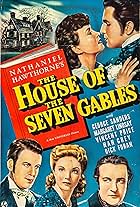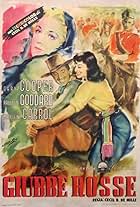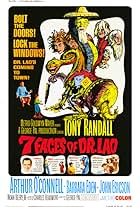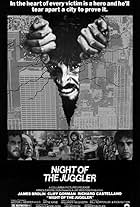[first lines]
Narrator: When Columbus discovered America, a series of mysteries arose to confound the scholars of Europe. Here are two continents, completely isolated from each other, yet they simultaneously developed similar cultures. For example, the Mayans measured time on the same principle as the Gregorian calendar of Europe. They used the same signs of the zodiac, the same decimal and mathematical system. They valued silver and gold, using both for jewelry and barter. Another mystery was the banana plant, a native of Asia that cannot be grown from seed, yet Columbus found it thriving in the New World. Elephants at that time did not exist in the Americas, yet their likenesses were cleaved on the walls of prehistoric caves in Peru. The pyramids in Mexico and in Egypt were built on identical architectural principles. Then there was the striking resemblance of a witch of Spain, and the witch depicted in the New World. But the most significant of all, Mayan and Aztec legends shared with Greek and Hebrew and Assyrian literature an account of a terrible deluge, a deluge many believe had destroyed the link, the mother empire, that had spread her civilization to both sides of the Atlantic. The Greek scholar Plato recorded this theory first, over two thousand years ago. There was once another continent: Atlantis: The Lost Continent.



































